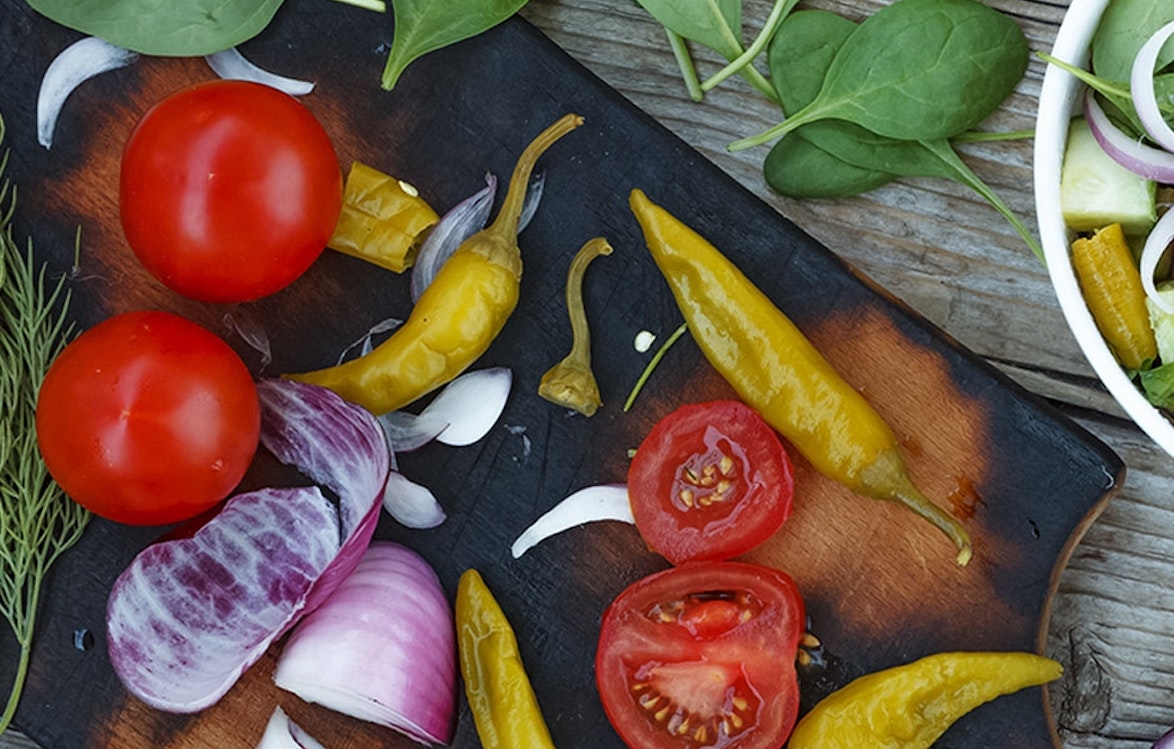Time to read : 4 min
What is meal prepping? (15 practical tips)
To successfully lose weight (or gain weight), it's wise to plan things out a bit and prepare your meals. This is what we call "meal prepping." Meal prepping helps you achieve your goals. In this article, we provide 15 practical tips to make planning your meals much quicker and simpler.
What is meal prepping?
Meal prepping basically means preparing your daily and/or weekly meals.
This might sound like a lot of hassle (it will take some time and effort at first), but preparing and taking along healthy meals saves time, prevents you from getting hungry, and reduces the likelihood of making less healthy choices.
Meal prepping tips
1. The most important tip = know what you're going to eat! Create a weekly and/or daily plan (write it down or use an app like Fatsecret or MyFitnessPal) and decide in advance what and how much you'll eat. (e.g., Monday: pasta, Tuesday: rice, Wednesday: mashed potatoes, etc.)
2. Based on this, make a shopping list and shop for a few days or the entire week. This prevents you from having to figure out what to eat late at night and rushing to the store (and likely coming home with 'the wrong things!').
3. Buy a few well-sealed containers or jars (BPA-free or glass) in various sizes. Handy for storing food and taking it with you/
4. Make multiple portions and store them in the fridge or freezer. For example, make a vegetable curry or chili and roll it into a tortilla wrap or (whole wheat) pita bread with some raw veggies for a simple and quick lunch dish the next day.
5. Make a smoothie in the evening and store it (in a glass jar) in the fridge.
6. Put a bowl of oats with some plant-based milk in the fridge and let it sit overnight. The next morning, add raisins, cinnamon, and apple, possibly heat it up, and you're ready.
7. Make one or more dressings at the beginning of the week and use them in your salad.
8. Make hummus or another dip/spread at the beginning of the week. Delicious and quick as a sandwich spread.
9. Cook grains like quinoa, rice, and pasta in larger quantities and store them in the fridge. This stays good for at least five days.
10. You can prepare your vegetables in advance by blanching them (briefly boiling in boiling water) or steaming them
11. It's okay to buy a bag of pre-cut vegetables. Even better are frozen vegetables, and optionally those from a jar or can (but watch out for added sugars).
12. Frozen vegetables are just as healthy as fresh, and often you only need to heat them up.
13. Frozen fruit is often cheaper than fresh and great for making smoothies. You can also freeze peeled (overripe) bananas—delicious in smoothies or for making healthy banana ice cream!
14. Eat more vegetarian/plant-based. Meat spoils faster and has a shorter shelf life. Instead, make a pasta with mushrooms, chickpeas, or beans. Or a curry with lentils or tofu as a plant-based meat substitute.
You can also opt for a vegetarian/plant-based meat substitute. These are usually pre-cooked and often just need to be heated up.
15. Don't overthink it! If you're in a hurry or don't have time, it's perfectly fine to open a can of soup or beans and heat it up. Add some fresh bread and raw veggies with nuts or avocado, and you have a perfectly complete meal.
And now?
Meal prepping gives you control over what and when you eat. This reduces stress about what to eat and ultimately makes it much easier to stick to your new diet/lifestyle and achieve your goal.
Of course, you can prep and plan all your meals, but start with one meal and find a solution that fits. How well or how elaborately you prepare your meals depends entirely on your time, preferences, and lifestyle.
Don't have time for breakfast in the morning? Then it's best to prepare your breakfast. Often coming home late? Then simplify your dinner.
Or in both cases, choose our complete plant-based meal replacements, Orangefit Hero or Orangefit Diet, when you have little time and want a healthy meal or a tasty nutritious snack!
